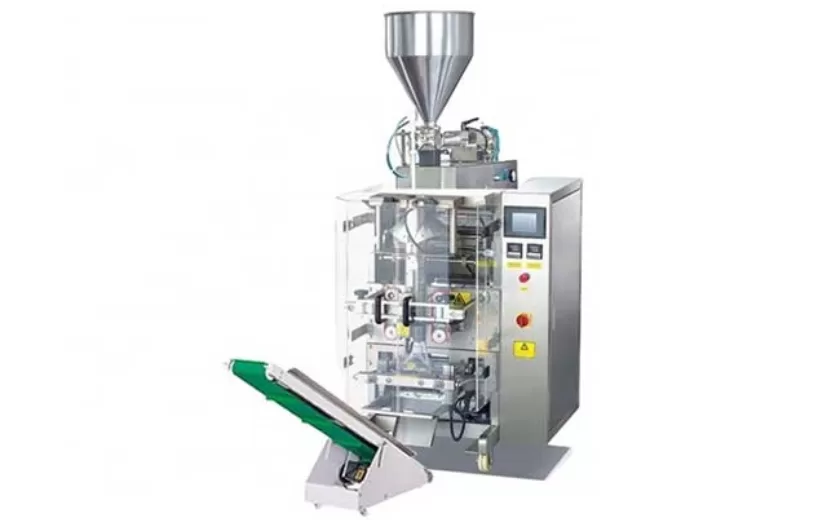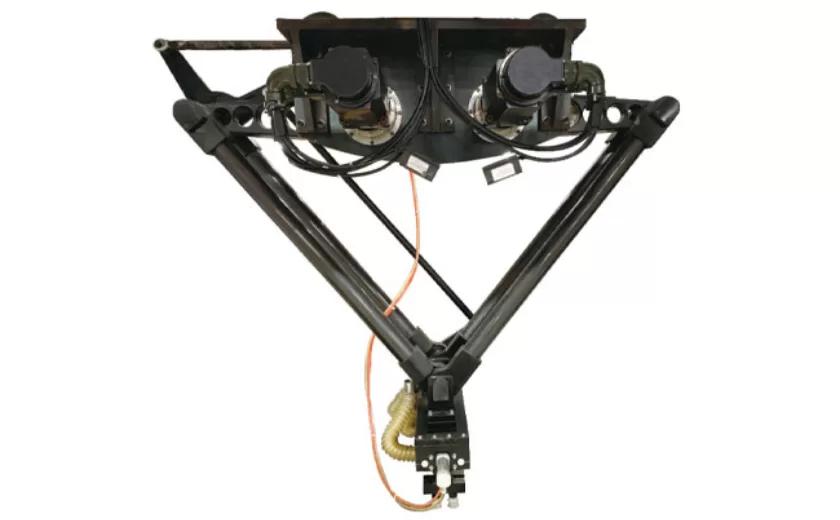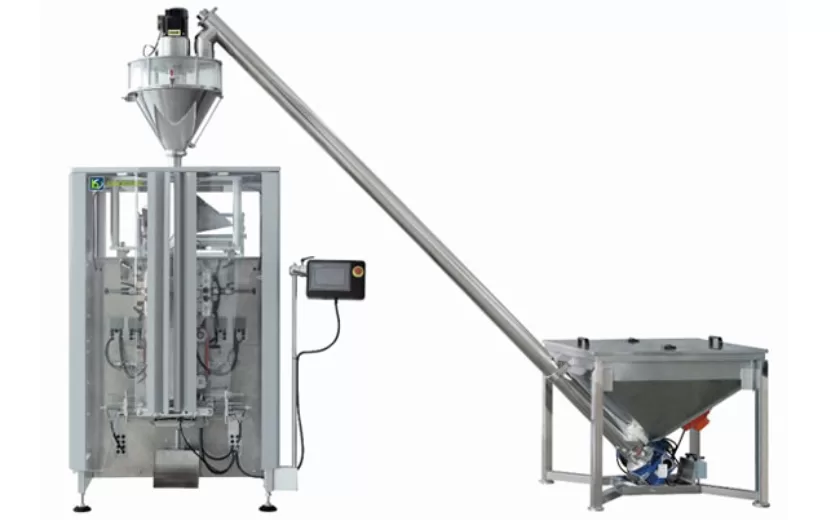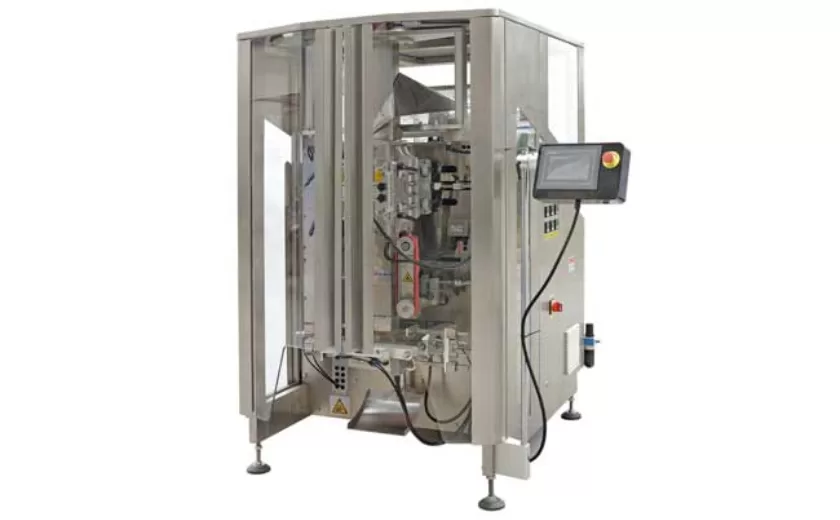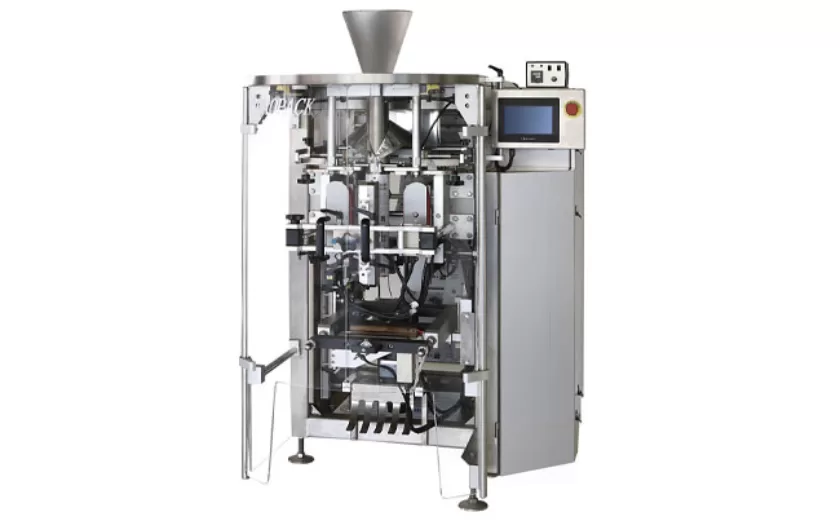The Economics of Inverted Horizontal Flow Wrapping- A Comprehensive Overview
In the realm of packaging technology, inverted horizontal flow wrapping has emerged as a game-changer. The Economics of Inverted Horizontal Flow Wrapping: A Comprehensive Overview explores the financial implications and benefits associated with this innovative approach. This article delves into the cost-saving advantages, operational efficiencies, and sustainability aspects that make inverted horizontal flow wrapping an economical choice for various industries.
Cost Reduction
Inverted horizontal flow wrapping significantly reduces packaging material consumption, leading to substantial cost savings. By forming the package around the product, rather than wrapping it from the top, less material is required, eliminating waste and minimizing material costs. Additionally, the efficient use of film and the reduction of film overlap further contribute to cost reductions.
Operational Efficiencies
Inverted horizontal flow wrapping offers numerous operational advantages. The inverted orientation allows for easy product loading and feeding, reducing labor requirements and increasing line efficiency. The automated sealing process ensures consistent and reliable package closures, eliminating manual sealing errors and reducing downtime. The reduced film overlap and simplified handling processes further enhance operational efficiency, enabling faster packaging speeds.
Sustainability
Inverted horizontal flow wrapping aligns with sustainable packaging practices. The reduced material consumption significantly lowers the environmental impact associated with packaging. The optimized use of film minimizes packaging waste, promoting resource conservation and reducing greenhouse gas emissions. By using eco-friendly packaging materials, this wrapping method further contributes to environmental sustainability.
Product Protection
Inverted horizontal flow wrapping provides excellent product protection. The tight film wrapping creates a secure seal around the product, guarding it from external contaminants, moisture, and damage. The reduced film overlap ensures a tamper-evident package, preventing unauthorized tampering and safeguarding product integrity.
Versatility
Inverted horizontal flow wrapping is highly versatile, accommodating a wide range of products and package sizes. From food products to pharmaceuticals, the system can be customized to meet specific packaging requirements. The flexibility in film and material options further enhances its versatility, allowing for the optimal packaging of different products.
The Economics of Inverted Horizontal Flow Wrapping: A Comprehensive Overview highlights the financial benefits, operational efficiencies, and sustainability advantages associated with this innovative packaging technique. By reducing material consumption, increasing operational efficiency, and promoting environmental sustainability, inverted horizontal flow wrapping offers a cost-effective and eco-conscious solution for various industries. Exploring the detailed aspects discussed in this article will empower readers to make informed decisions and leverage the economic benefits of this emerging packaging technology.
-
Advanced Packing Solutions: Snacks, Sugar, and Frozen Food Machines
29-10-2025 -
Efficient and Reliable Solutions for Salt, Nuts, and Frozen Dumplings Packing
29-10-2025 -
High-Performance Biscuits, Lollipop, and Ketchup Packing Machines for Modern Food Production
29-10-2025 -
Efficient Liquid Filling and Packing Machines for Modern Production
23-10-2025 -
Reliable Granule Packaging Machines for Efficient Production
23-10-2025 -
Efficient Auger Powder Filling Machines for Accurate Packaging
23-10-2025 -
High-Performance Liquid Filling and Packing Machines for Hygienic Production
10-10-2025 -
High-Efficiency Granule Packaging Machines for Precision and Speed
10-10-2025 -
High-Precision Auger Type Powder Filling Machines for Efficient Packaging
10-10-2025 -
Efficient Vertical Form Fill Seal Packaging Machines for Smart Production
10-10-2025





